Season’s greetings
12 December 2023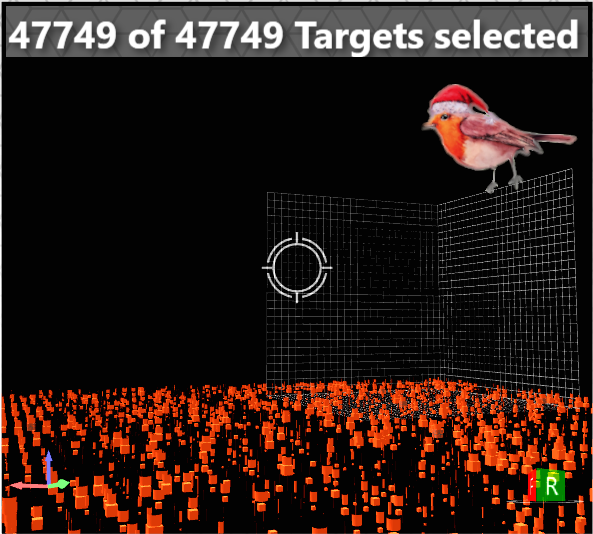
Seasons greetings from PoreXpert Ltd. As 2023 comes to an end, we wish you the best for the turn of the year, however you may celebrate that. There has been no news from us recently because we have listened to many suggestions from our users and agents, and on that basis we are busy working on the next generation of PoreXpert, with many exciting new features, including pay-as-you-go, dynamic permeability calibration, and a unique way of estimating total porosity from porometry estimates, and from electron micrographs. The Christmas robin is observing a simulation of the surface of paper coated with ground calcium carbonate bound by CMC, which appears to be 12% porous in a 2.5 dimensional electron micrograph but is calculated to be 17% porous in bulk.
Presentation on modelling relative permeability in tight-oil (fracking) shale
29 August 2023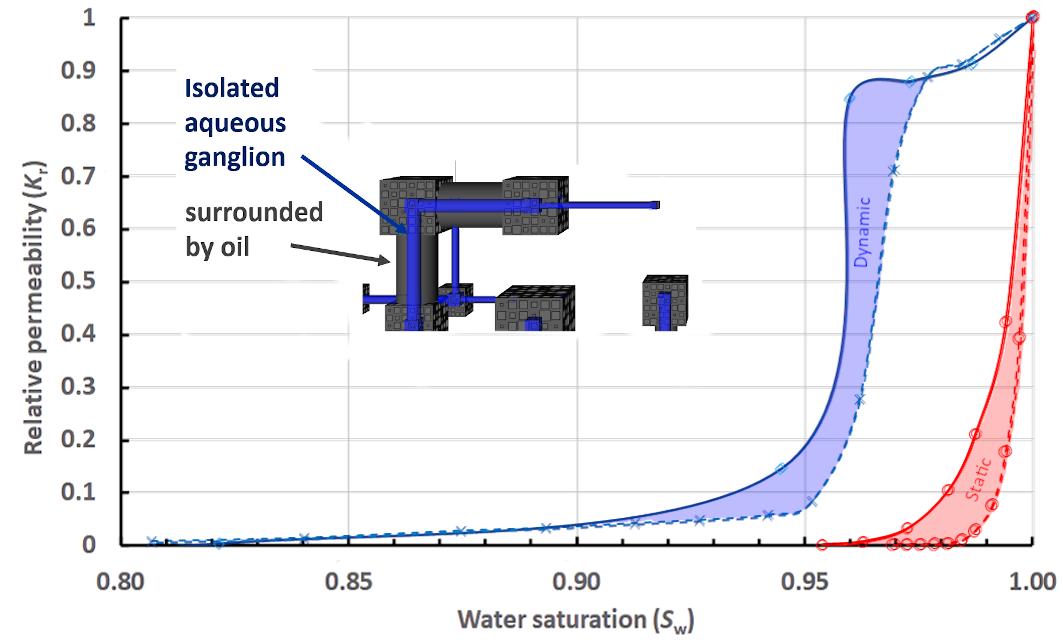
Peter Matthews will be giving an oral presentation at the 36th Annual Symposium of the Society of Core Analysts in Abu Dhabi on Tuesday 10th October. He will explain how the Unit Cell Engineering module within PoreXpert can be used to generate relative permeability estimates of cm3 shale samples that, unusually, vary with both sample wettability and flow conditions. The abstract is available from the Application Notes page of this website, and the draft program of the symposium can be downloaded from the SCA website.
Free unit cell viewer upgraded
5 June 2023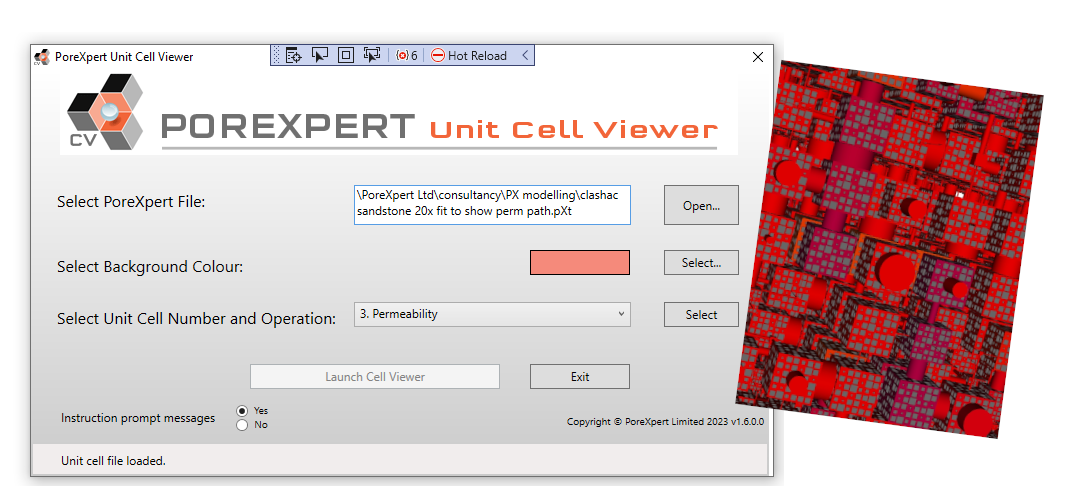
A newly upgraded unit cell viewer is available for free download, which shows more outputs and has optional built-in Help prompts. The outputs include showing the permeability routes though a porous network, as shown in purple in the image. Sign in here to download the application. The datafile illustrated is available for download at the bottom of the datafiles download page.
Avoid the bulge this festive season
15 December 2022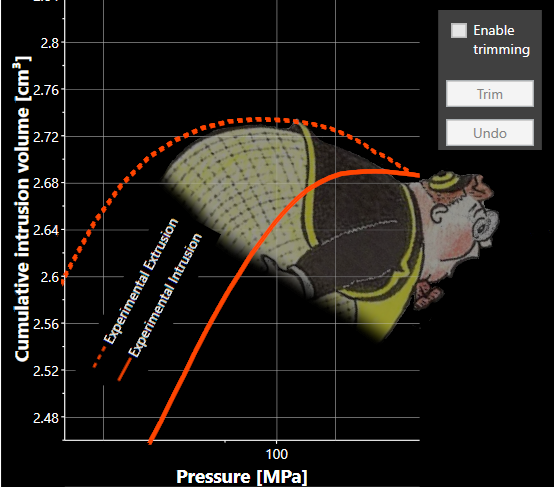
We are pleased to announce a major upgrade to the many features of PoreXY, the free pre-processor for mercury porosimetry measured by a wide range of instruments.
The new upgrade detects if there is a bulge – namely the extrusion curve rising about 100% of the total intrusion as the pressure is reduced from its maximum. The bulge is due to thermal heating effects, and invalidates both the extrusion and intrusion curve. So please download the new, free upgrade to PoreXY from this website – you will find it very useful whether or not you use PoreXpert.
We send you very best wishes for this festive season. Happy experimenting – look out for the bulge !
PoreXpert on Windows 11
15 December 2022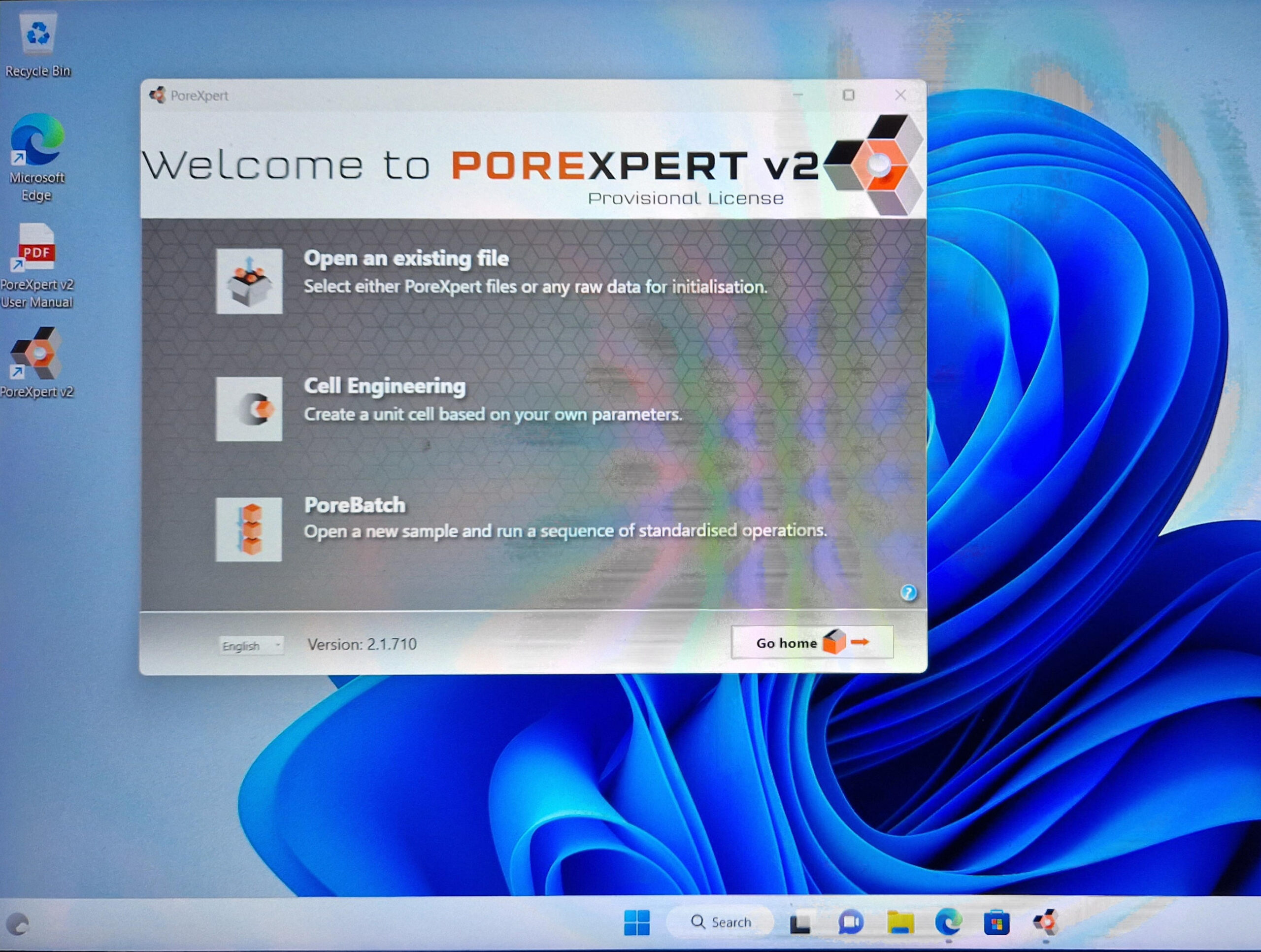
PoreXpert has been successfully tested, with no problems encountered, on Windows 11.
testimonial from Camborne School of Mines, Exeter University, UK
29 November 2022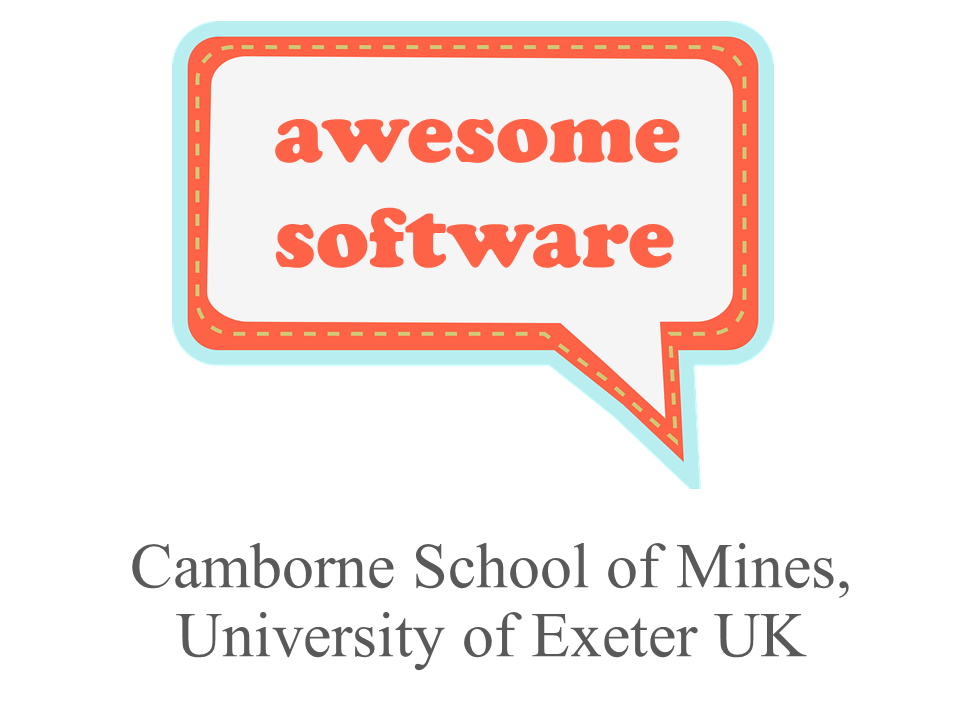
Professor Kip Jeffrey of the Camborne School of Mines, University of Exeter, has been using the main sections of PoreXpert over many days of CPU time to increase his understanding of a large database of limestones. He emailed us to say that “I think the software is awesome and enjoyed getting to grips with … it”.
PoreXY – full release of the data pre-processor and compressibility measure
26 September 2022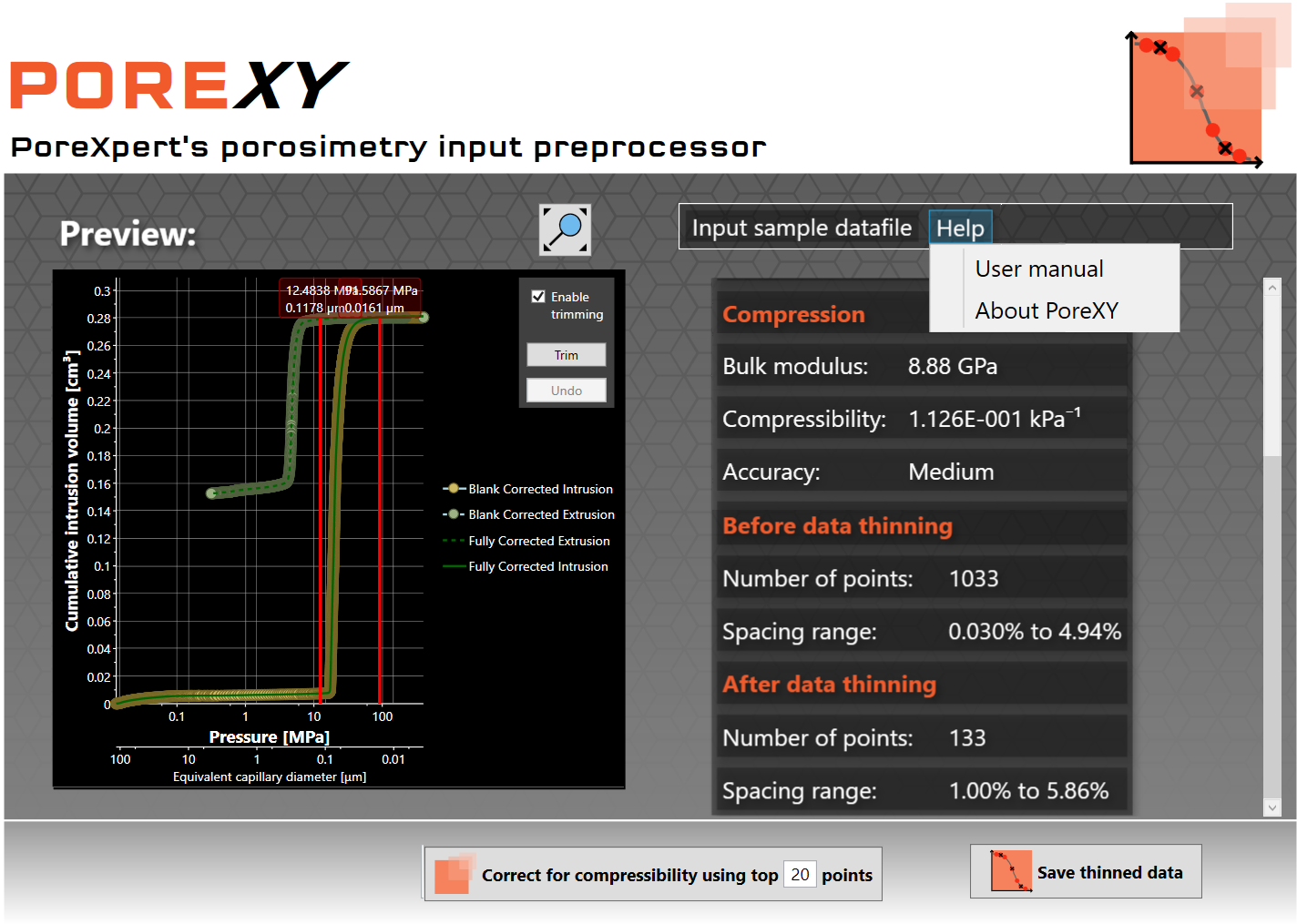
We are pleased to announce the full release of PoreXY, after extensive testing of the beta release version. It is a mercury porosimetry data pre-processor, available without a licence, free of charge after registering on this website.
Where appropriate according to the datafile, automatically input from a wide range of porosimeters, it
• subtracts blank runs,
• corrects porosity estimates,
• corrects for sample solid phase compressibility and calculates the sample’s solid phase bulk modulus,
• allows the user to trim the top and bottom of the intrusion curve if necessary, and
• thins the data so that the intrusion points are more equally spaced along the logarithmically scaled intrusion curve.
The benefits of these operations are described and exemplified in the on-line user manual.
Even if you do not use PoreXpert routinely, PoreXY can be useful. Quality control (but not void size estimation) can be carried by taking the first derivative (slope) of the intrusion curve, usually plotted with a logarithmic pressure (or size) axis. PoreXY outputs fewer and more equally spaced points, and therefore leads to easier measures of slope.
PoreXpert update
20 July 2022
In response to requests from our current users, a new update has been released. It includes improved stability for remote working in a corporate environment, further automation of the identification of void clusters, corrected data handling for non-English environments, and better display of results on the Operations list. A full list of changes is shown on the Change Log page. The installer for the update (version 2-1-710) can be downloaded via the User Pages , and there are full instructions on the Software support > Installation page.
Nanopores to macropores in nuclear reactor graphite and tight-oil shale
6 July 2022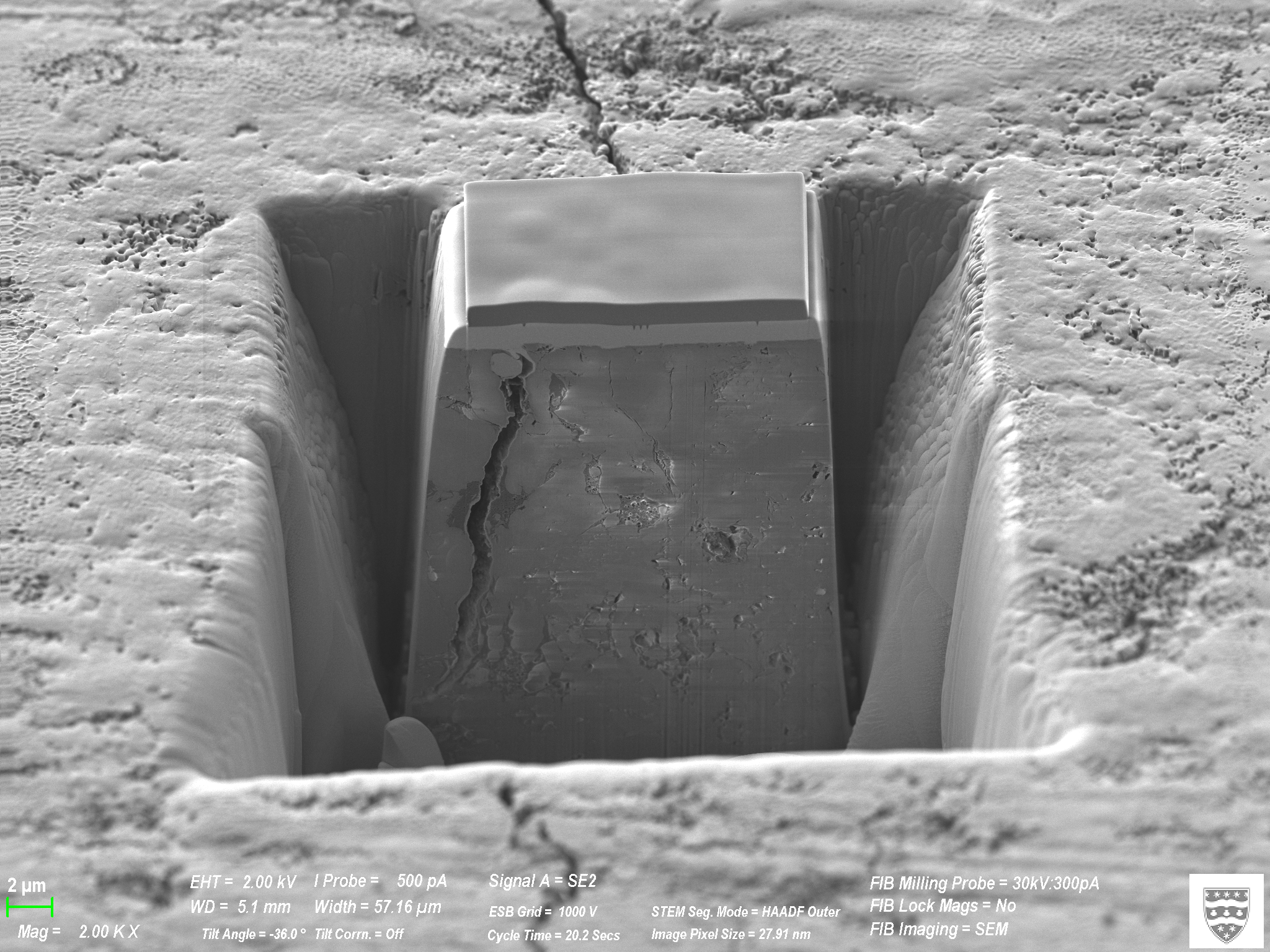
Are you trying to understand the behaviour of pore fluids in a material in which voids of all sizes, from nanopores to macropores, are completely mixed up and inter-dependent ? Are you flummoxed as to how to study nanopores when mercury porosimetry cannot get to a high enough pressure to intrude them ? Or are you trying to improve on the current crude models used to calculate relative permeability ? Then take a look at the PowerPoint presentation that we gave to the Royal Society of Chemistry Porous Materials Interest Group in Glasgow, UK in June, available from the Downloads > Applications page. Extra text has been added to compensate for the absence of an oral commentary, and for your entertainment it includes two movies – one a trip through a real tight-oil shale from a fracking reservoir measured using FIB-SEM as illustrated, and another a trip through a PoreXpert virtual pore network.
PoreXY – the new data pre-processor
17 June 2022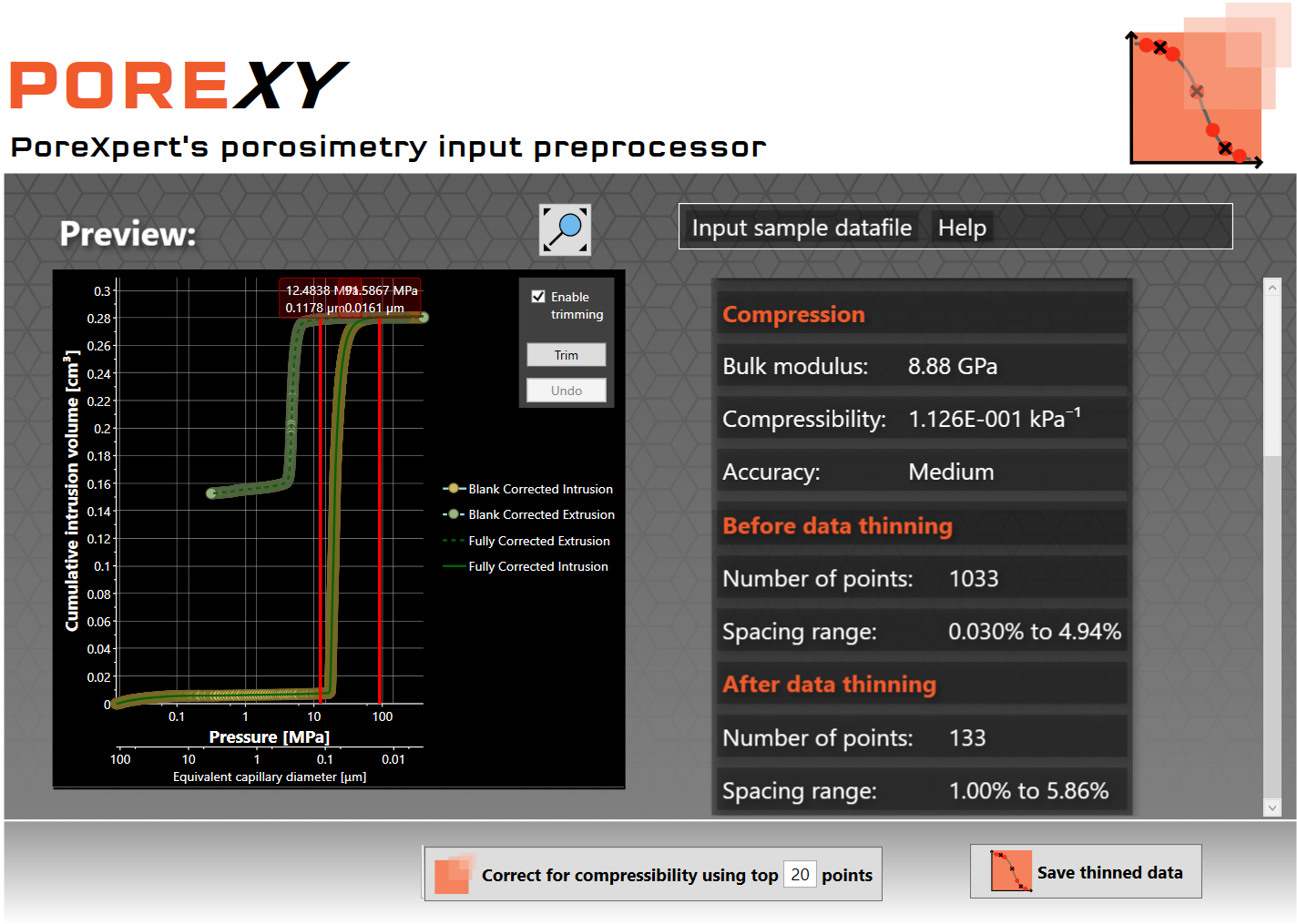
We are pleased to announce the arrival of PoreXY, the new data pre-processor for PoreXpert. It allows you to trim and thin your data to make it suitable for direct entry into PoreXpert, and also gives you the bulk modulus of the solid phase of your sample. The beta release is available free of charge to all current users of PoreXpert – just log in as a website user, and download the installer. Full details are available from its Help system.
